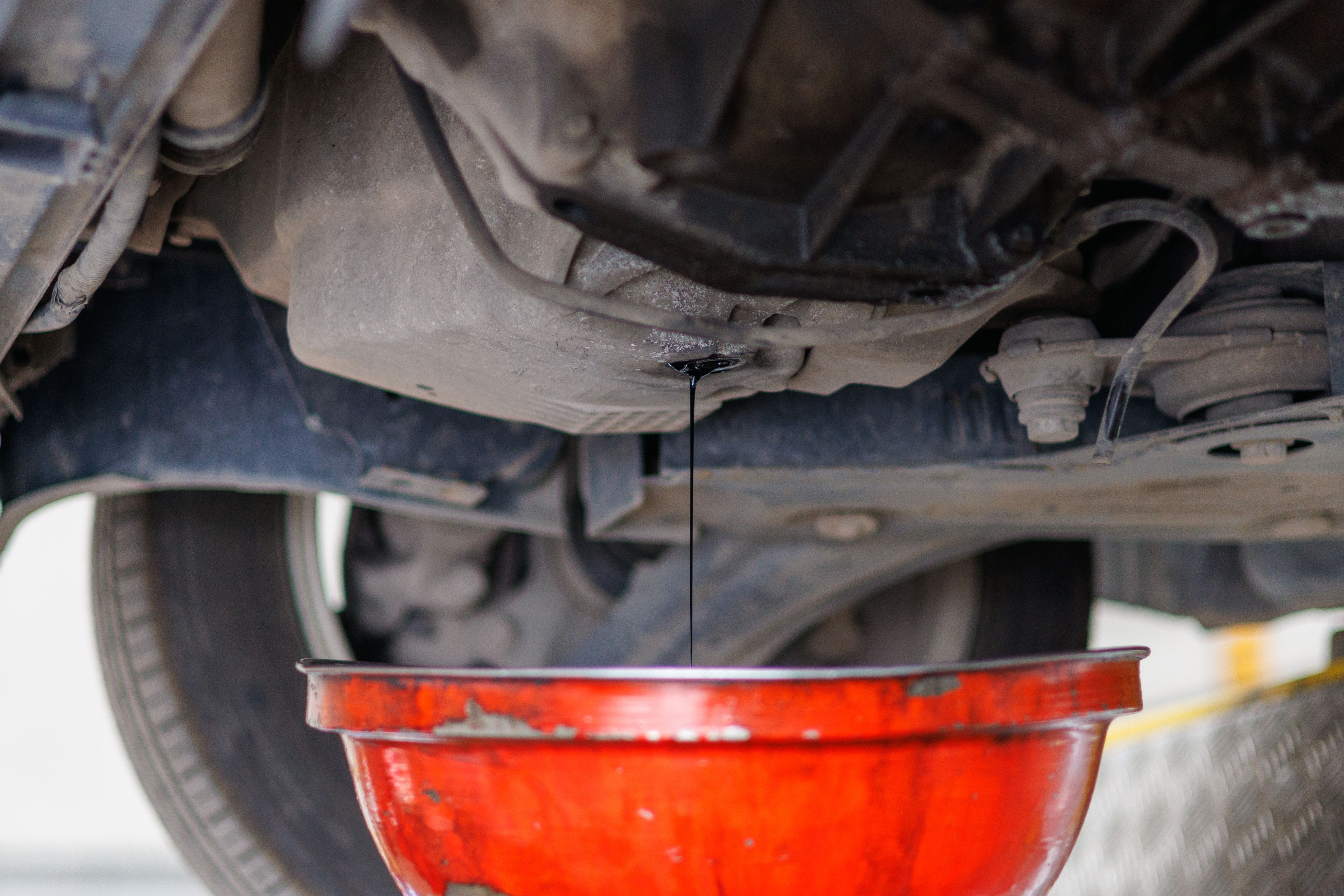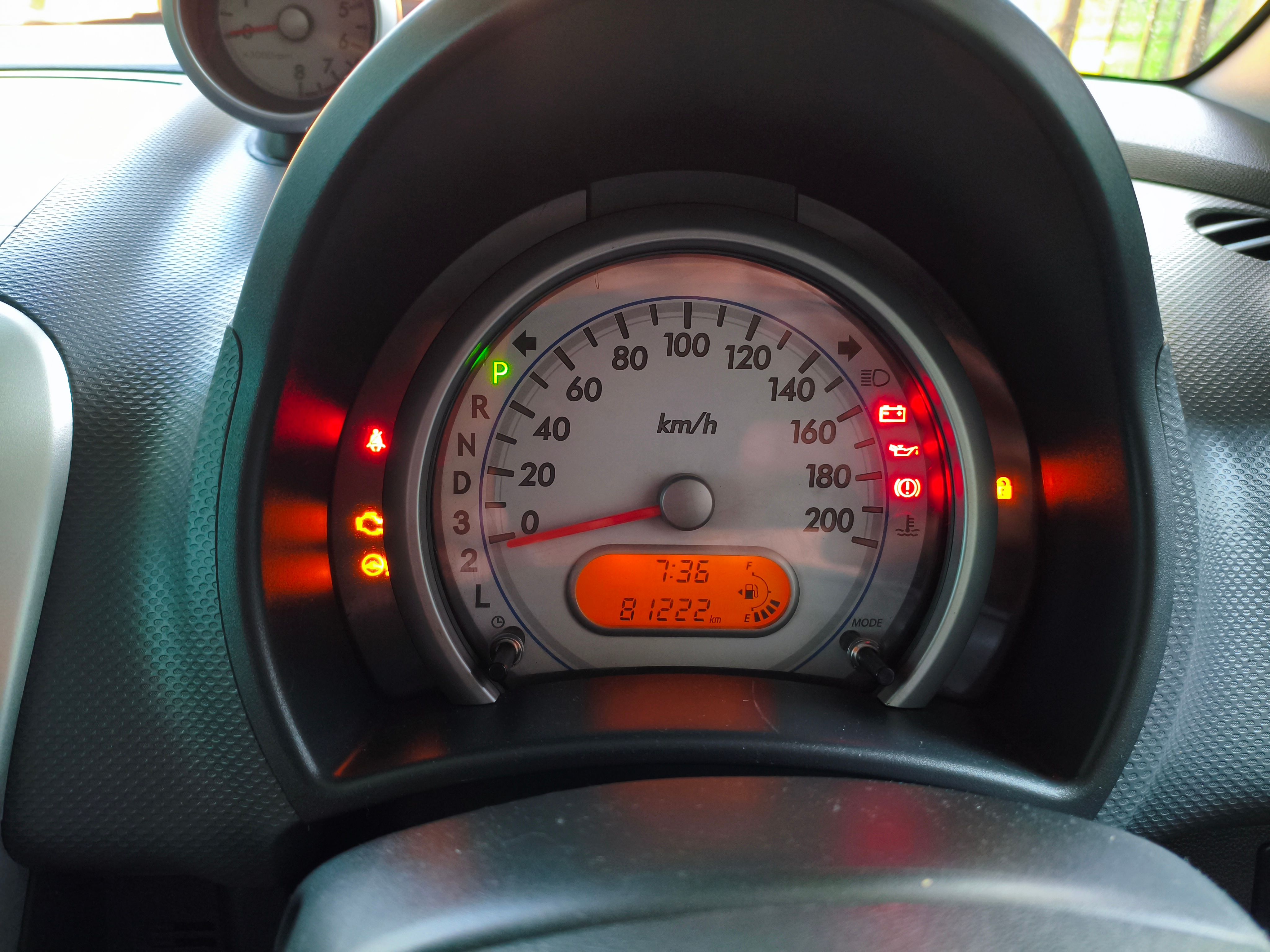Signs It's Time to Change Your Oil
RS
Recognizing the Signs of Oil Degradation
Maintaining your vehicle's engine health is crucial for its longevity and performance. One key aspect of this is ensuring that your engine oil is in good condition. But how do you know when it's time to change your oil? Recognizing the signs of oil degradation can prevent potential damage and keep your car running smoothly.
Engine oil acts as a lubricant, reducing friction between the engine's moving parts. Over time, however, oil can become less effective, collecting debris and losing its viscosity. Therefore, understanding the signs of oil deterioration is essential for every car owner.

Check the Oil Color and Consistency
Why Color Matters
Fresh engine oil typically has an amber color and a smooth consistency. As it ages, it can turn darker due to the accumulation of particles and contaminants. If you notice that your oil has turned black or appears gritty, it's a clear indication that it needs changing.
How to Check Your Oil
To inspect your oil, start by pulling out the dipstick and wiping it clean. Reinsert it fully and then remove it again to check both the color and the level of the oil. If the oil appears dirty or is below the recommended level, it's time for a change.

Listen for Engine Noises
Your engine should run smoothly without excessive noise. If you start hearing knocking or rumbling sounds, it might be due to inadequate lubrication. Old oil can lose its ability to protect engine components effectively, leading to increased wear and tear.
Such noises are not just an annoyance; they can be a warning sign for more severe engine problems if left unaddressed. Regularly changing your oil can help prevent these issues and ensure a quieter, smoother ride.
Notice Dashboard Warning Lights
Modern vehicles are equipped with sensors that detect when something is amiss under the hood. If your dashboard displays an oil change or check engine light, it's a prompt from your car's monitoring system that you shouldn't ignore.

These warning lights are designed to alert you to potential issues before they escalate. Regularly checking your oil levels and responding promptly to these alerts can save you from costly repairs down the line.
Pay Attention to Oil Change Intervals
Most vehicle manufacturers recommend specific intervals for oil changes based on mileage or time. While this can vary depending on your driving habits and conditions, adhering to these guidelines is crucial. Frequent short trips or driving in extreme temperatures may require more frequent oil changes.
Regularly consulting your vehicle's owner manual can give you a clear idea of when an oil change is due. Sticking to these intervals is vital for maintaining optimal engine health and performance.

Conclusion
Keeping track of these signs will ensure that your vehicle remains in top condition, preventing unnecessary wear on the engine and extending its lifespan. Regular oil changes are a simple yet effective way to protect your investment and enjoy a smoother driving experience. By being proactive and attentive to these indicators, you can avoid costly repairs and keep your car running efficiently.